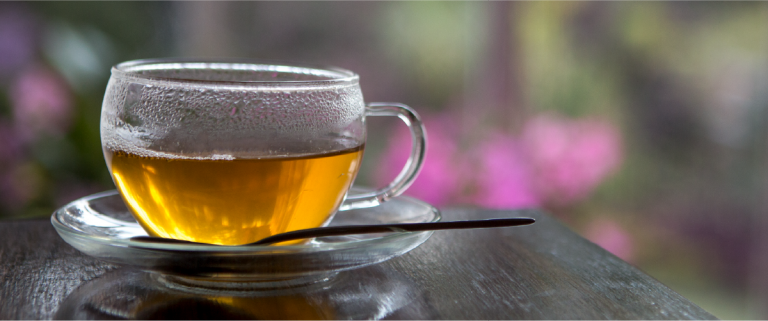Tea is a refreshing and aromatic drink made steeping the leaves of Camellia sinensis in hot water. Believed to have been discovered in 2737 BCE by Chinese sage/emperor Shennong, tea is the second most consumed beverage in the world after water.
More than 75% of all tea produced in this world is black tea, 20% is green and the rest is accounted for by oolongs, whites, and yellow tea. In addition to these, tisanes or herbal infusions, like the rooibos tea, mate, rose hip tea and chamomile tea, have also become popular across the global tea community. However, it is important to note that these infusions are not tea, as they contain no traces of Camellia sinensis leaves.
Tea is a rich source of xenobiotics, a class of secondary metabolites. These metabolites are present in tea plants for their natural defense, but when consumed as part of the dietary intake, they are metabolized alongside water-soluble compounds. Which is also why it features in conversations on health and wellness.
The world of tea is as vast as it’s deep. It comes with history – wars have been fought because of it – and legacy. It’s a drink many of us turn to at specific times of the day. Our reasons to choose tea are many so, welcome to a journey in tea. Happy sipping!

Comments are closed.